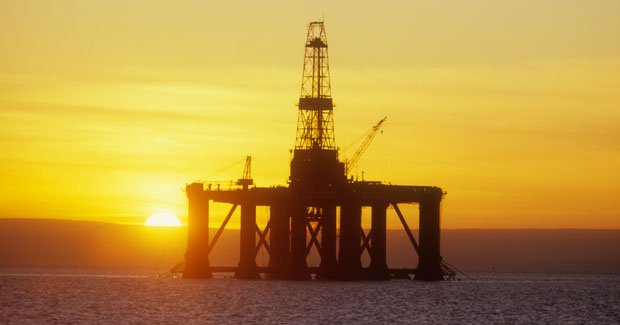Oil and gas prospecting highlights need for marine reserves

AN IMMINENT WAVE OF offshore oil and gas exploration in deep sea regions of Australia’s coastal waters has intensified calls to create large marine sanctuaries.
Government surveys to be announced this week by Geoscience Australia have identified the potential for oil and gas in three pristine deep ocean regions, and are likely to trigger a burst of exploration. Federal resources minister Martin Ferguson will release the details in Perth on Wednesday, as part of a government initiative to increase Australia’s output of oil and gas.
The three areas lie off the south coast in the Great Australian Bight; near Lord Howe Rise, 800 km east of Brisbane; and at Wallaby Plateau, 500 km off the coast of Western Australia. All petroleum explorers must conduct environmental impact studies before drilling.
Professor Jessica Meeuwig, director of the Centre for Marine Futures at the University of Western Australia, in Perth, says more oil and gas activity puts pressure on regulators to ensure marine life is protected.
Not incompatible
Exploration and drilling are not necessarily incompatible with marine conservation, she says. “But lessons like the Montara oil spill show we need to improve the regulatory environment and ensure high standards of response when oil pollution occurs.” Last August, the Montara rig began spewing light crude oil into the Timor Sea, 250 km off the north coast of Western Australia.
It was one of Australia’s worst oil spills, lasting ten weeks before the leaking pipe was capped. Worldwide Fund for Nature (WWF) observers spotted dolphins, sea birds, turtles and sea snakes swimming in the affected waters. “It’s important that when incidents like this happen, monitoring programs are triggered immediately so we can measure the damage to the environment,” Jessica says.
The upsurge in offshore exploration comes as the Federal Government is finalising plans for a national network of marine reserves, including one covering the Great Australian Bight. The move is the fulfilment of a decade-old agreement between the Federal Government and all State governments to establish a National Representative System of Marine Protected Areas. Draft plans are not due out until late this year.
Biodiversity hotspot
Given the rapidly increasing levels of exploration, it is even more important to ensure parts of the marine ecosystem are protected into the future, Jessica says. “Establishing sanctuary zones provides certainty to endangered marine life and to the oil and gas industry as it expands, because they can be confident that conservation objectives have been met.”
More exploration leases are likely to be offered off the southwest coast of Perth in coming months. Jessica says the region is a biodiversity hotspot where up to 80% of fish species are unique to the region. Australia’s deepest underwater canyon lies off Rottnest Island near Perth, and is known as a feeding site for endangered pygmy blue whales.
Environmental lobby group Save our Marine Life complains that only 1% of Western Australia’s coastline is protected. It describes marine parks as ‘national parks in the sea’ which should exclude mining in addition to fishing and other extractive industries.
Professor Geoff Jones from James Cook University’s Department of Marine Biology says it would be preferable to settle marine park boundaries before issuing exploration licences. But he warns that marine life is vulnerable even in so-called protected areas.
“Even if you chucked out the oil and gas industry, it wouldn’t protect species from the outside impact of warming waters, terrestrial sediment, oil spills and other accidents.” Geoff says a timely reminder has been the grounding of Chinese oil and coal carrier Shen Neng on the Great Barrier Reef, which is located within Australia’s largest marine park.
LINKS
Shen Neng 1 runs aground near Douglas Shoals

